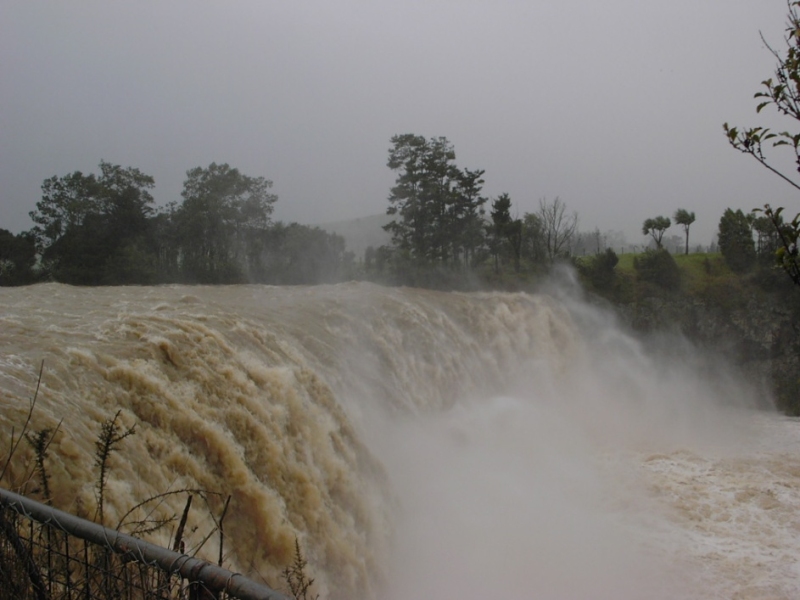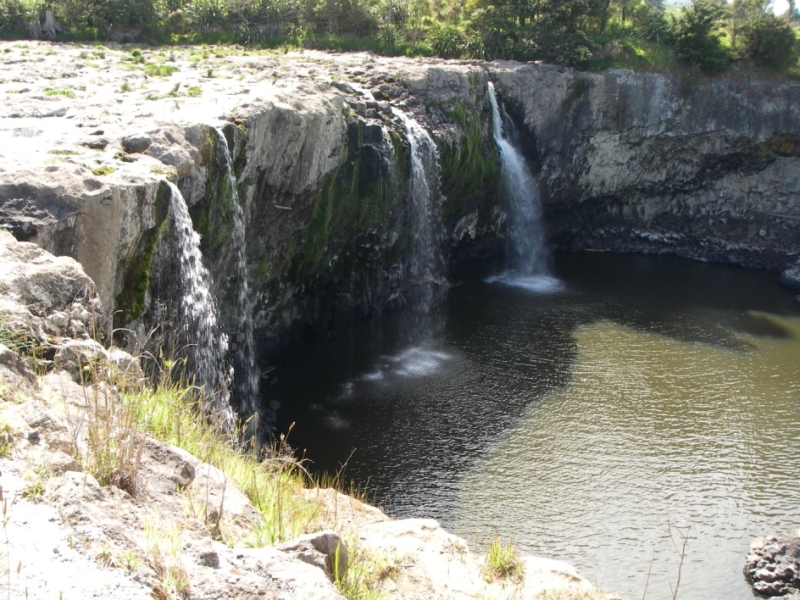Site selection (where?) and timing (when, how often?) are very important factors to be taken into consideration when you are designing a representative sampling strategy.
Site selection
The sites and methodologies that you choose should be based on the species and life stage that you are interested in.
The types of habitats or places occupied by eels are variable, and depend on
- life-stage or size
- substrate
- water depth and quality
- temperature
- water level stability and velocity
- amount of cover.
For example, glass eels prefer shallow, fast-moving, rocky waters while adult tuna are more likely to be found hiding during the day under logs and banks. If you are sampling close to the sea, you are likely to get more males and more small eels. As you move up the catchment, you are likely to get more females.
Ideally, in tuna population surveys (for example, to determine the status of a tuna population in an area) you should aim to sample as much of the habitat available as possible. The area or catchment of interest should be subdivided into representative "habitat units", on the basis of river flows, gradient, distance inland, and habitat types.
Sample sites should be referenced by GPS (or map co-ordinates recorded), and information about the site data recorded using parameters such as those utilised in the New Zealand Freshwater Fish Database. This type of data includes:
- date
- catchment name
- time
- observer
- length of waterway fished
- tidal influence
- presence of downstream barrier
- average stream width
- average stream depth
- habitat type (e.g., % pool, run, riffle)
- substrate type (e.g., % mud, sand, gravel, boulder)
- riparian vegetation (e.g., % native, exotic forest, scrub, willow)
- surrounding land use type (e.g., native, farming, urban).
Photos should also be taken from a fixed point (that you can remember to return to, like a fence post or bridge) and/or looking downstream from the top of your sampling site, and upstream from the bottom.
More about the New Zealand Freshwater Fish Database
Timing
Sampling (i.e. multiple sites within a catchment) should be confined to as brief a time interval as possible in order to minimise any variability associated with seasonal, weather, or lunar influences on eel activity. Therefore, when designing a long term sampling strategy you need to consider the season (as, in general, tuna are more active during the summer months), lunar cycle, flow (i.e. is the site prone to flood damage?), and water availability at your site during dry periods.
References and further reading
McDowall, R.M., Taylor, M.J. (2000). Environmental indicators of habitat quality in a migratory freshwater fish fauna. Environmental Management 25: 357-374. http://www.springerlink.com/content/kn114y00qp714ymc/


